The Salmon River, winding its course through the untamed landscapes of Idaho, has long whispered secrets of adventure and connection to those who dare to listen. Kiya Echohawk, a 24-year-old adventurer with an insatiable wanderlust and a deep connection to her roots, embarked on a 324-mile odyssey down the rarely traversed stretch of the Grand Salmon with a group of seven friends.
“The Grand Salmon is a connection of rivers in the Frank Church Wilderness of Idaho,” Echohawk told Kinute in an interview. “It consists of the Middle Fork Salmon River, Main Salmon River and Lower Salmon River.”
Yet this venture transcended the mere physical—it unfolded into a soul-stirring transformation, allowing Echohawk to immerse herself in the river's past, its ecology and her ancestral legacy.
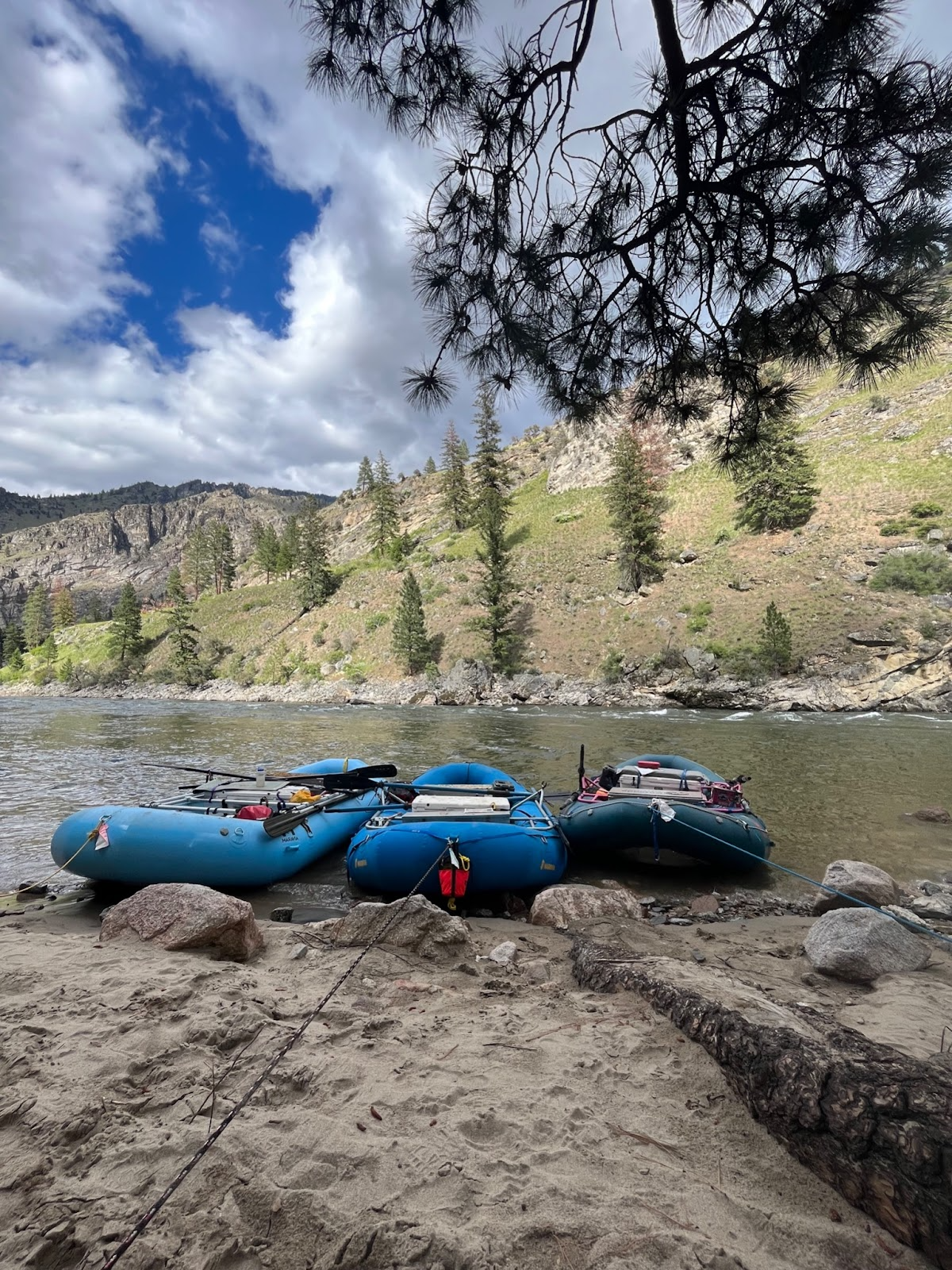
Paddle boats used for their trek along the Grand Salmon River. Photo by Raleigh Gambino
Unveiling the Grand Salmon's majesty
The Grand Salmon River, an enigmatic tapestry of rapids and tranquility, has remained a highly sought after treasure in Idaho's heart. This interconnected stretch, a union of renowned waterways, often eludes exploration due to the disjointed permit process. For individuals like Echohawk and her friends, this journey isn't just an escapade; it's a rare pilgrimage.
Echohawk, who is from the Pawnee Nation of Oklahoma, grew up with an innate affinity for the environment and a strong bond with her heritage. She perceives a harmony between the natural world and her cultural roots.
"The river is ever-flowing,” she said. “I like to think of myself this way. And connecting with my community through the river is so magical.”
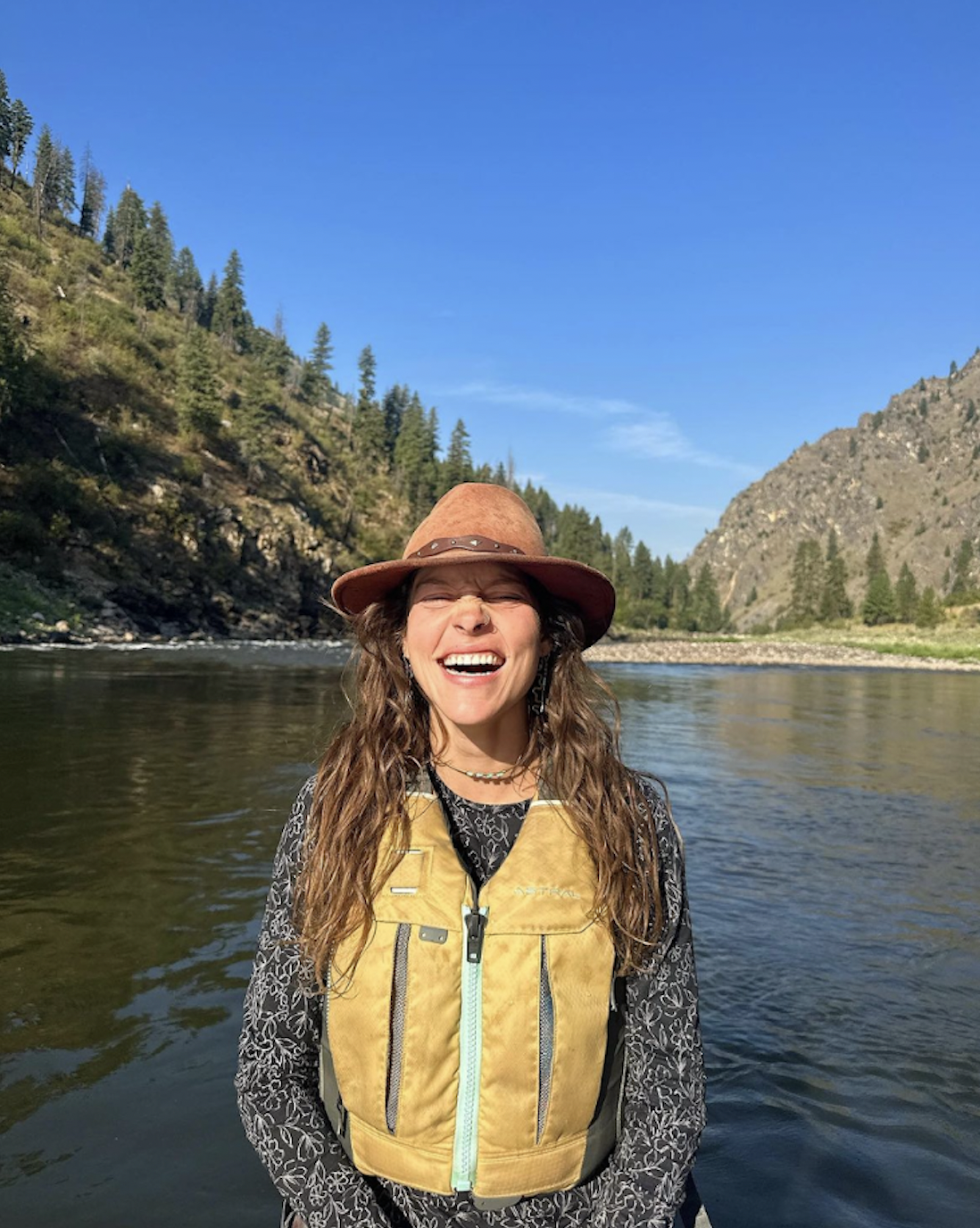
Kiya Echohawk enjoying the magic of Grand Salmon. Provided by Kiya Echohawk
The overture of exploration
The journey began at the Indian Creek Boat Ramp, where the group launched their rafts onto mirror-like waters. From the first paddle stroke, they confronted the river's tempestuous rapids, a thrilling symphony demanding skill and determination.
The river, as Echohawk attests, is not only a demanding force—it's a liberating energy, an uncontainable essence that courses through the soul. “Seeing or even just hearing the whitewater in front of us on the river makes my heart race, but in a good way,” she said.
Echohawk's group launched their trip during a period of high flow, when the river was roaring with enormous rapids. The decision to face the river at its most formidable state added an extra layer of danger and excitement to their adventure.
Rapids like Velvet Falls, Ram's Horn, the Chutes, Pistol Creek, Devil's Tooth and House Rock were larger and more challenging, demanding heightened focus and teamwork. These waters provided a surge of adrenaline that further connected them to the river's pulse.
The thrill of conquering these intense rapids was intertwined with the awe of nature's raw power, fostering a profound respect for the forces that have shaped the land for eons.
Through each curve and bend, the expedition unfolded. Every twist revealed panoramic vistas stretching beyond the horizon—where sunlight caresses the river's surface, eagles traced patterns across the cerulean canvas, and wildflowers adorned the riverbanks with hues of vibrancy.
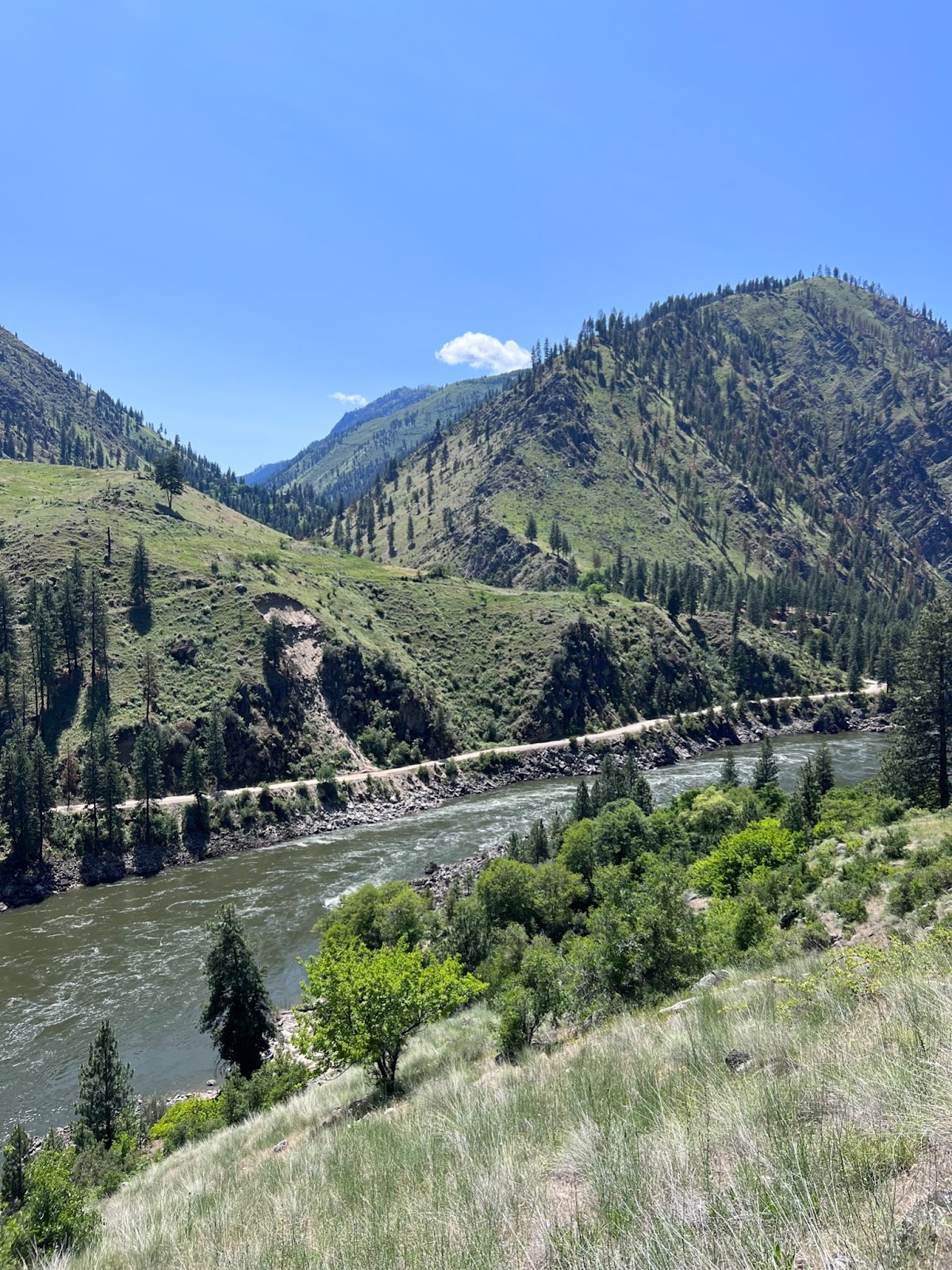
One of the many panoramic vistas along the river journey. Photo by Raleigh Gambino
Whispers of ecology
Yet, this pilgrimage wasn't merely an immersion in visual grandeur. Echohawk embarked on a mission to witness the river's ecological intricacies, a delicate equilibrium sustaining its pristine wilderness.
“Riparian zones, those vital areas where land meets water, hold a remarkable blend of life. As I float along, I'm captivated by the lush vegetation that thrives in these zones,” said Echohawk. “The sight of pine trees, and other native plants gracefully bending over the water's edge brings a sense of tranquility and connection to the natural world.”
The river's ecology displays a stark variation in vegetation due to aspect and elevation. Lower elevations are home to mixed conifer species like ponderosa pine and Douglas fir, with old-growth trees dominating the landscape. This region also plays a pivotal role in the conservation of four federally listed fish species, including Snake River sockeye and spring/summer chinook.
Life on the river isn’t only about honoring the wildlife of the region, it is also about embracing a simpler existence, one that echoes the civilizations of the past. The routine of waking up with the rising sun, having a common mission of survival, and navigating the challenges of the river harmonized with the ways of the native communities who once thrived in these lands.
The group disconnected from the modern world, leaving behind technology and distractions, and immersed themselves in the present moment. The rhythm of the river mirrored the rhythm of life—unpredictable yet deeply satisfying.
Savoring natural hot springs
In the midst of their river journey, another element of the natural world offered Echohawk and her friends a chance to rejuvenate and connect in a unique way.
The river, besides its powerful currents, also held a peaceful secret—natural hot springs. Barth Hot Springs, one of these geothermal marvels along the riverbanks, provided the group with the opportunity to soak in the warm, mineral-rich waters, surrounded by the untouched beauty of the wilderness.
Barth Hot Springs derives its name from John Barth, an early pioneer who settled in the area during the late 1800s. Barth recognized the value of the natural hot springs not only for their potential healing properties but also as a respite for weary souls traversing the rugged landscapes of Idaho.
Over the years, the springs became a well-known stop for travelers, providing a moment of solace amidst the wilderness. For Echohawk, these moments of relaxation in the hot springs were some of her most cherished, offering a deep connection to the land and a sense of renewal that harmonized with the river's ever-flowing spirit.
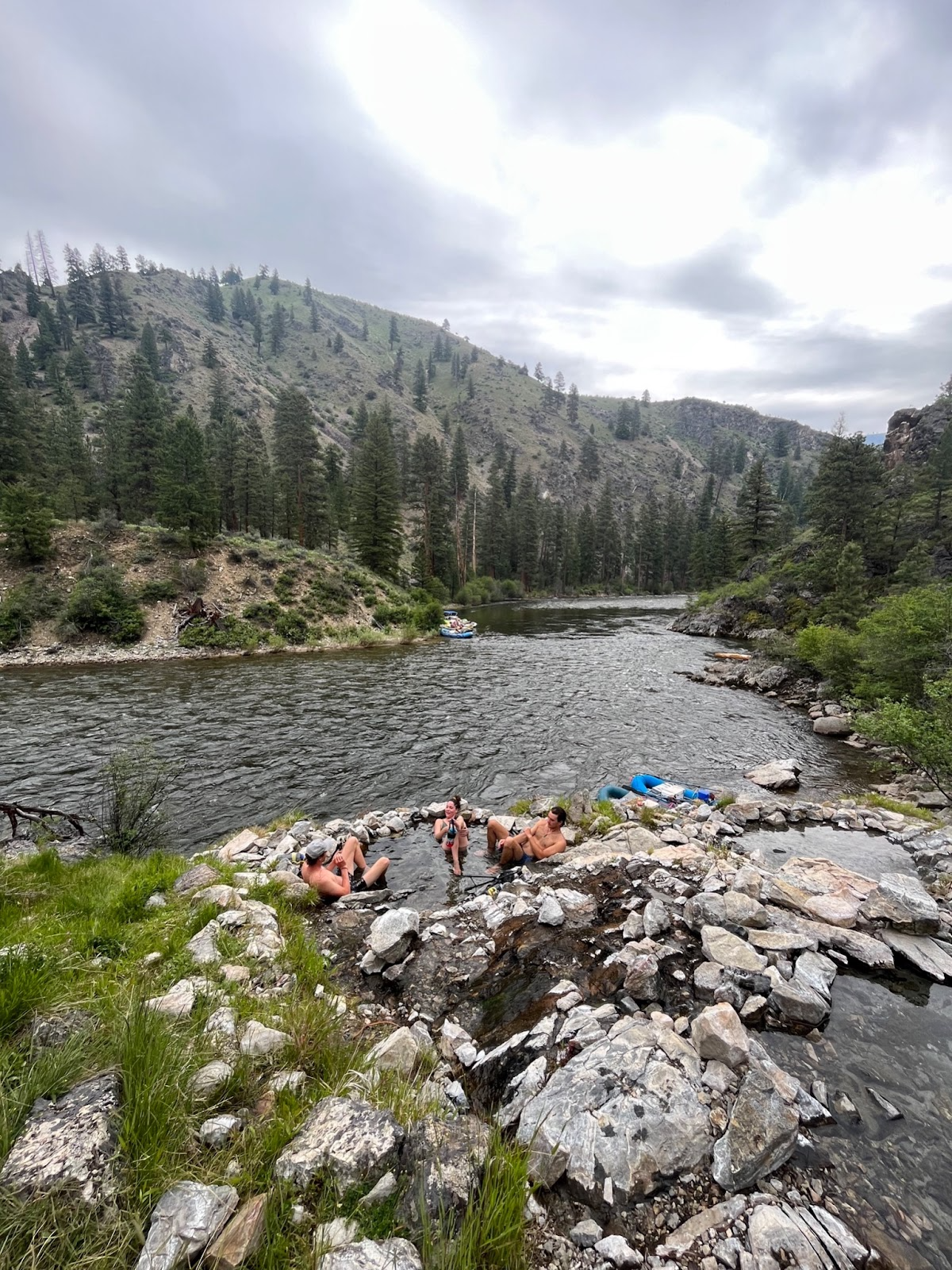
Echohawk and friends relaxing in the hot springs. Photo by Raleigh Gambino
Reflecting on human dwellings
Throughout history, humans have continued to be drawn to the banks of rivers, seeking sustenance, shelter, and a connection to the natural world. Along the Salmon River, there are more modern yet still historic ranches that reflect this enduring relationship.
Ranches like Mackay Bar and Allison Ranch stand as a testament to the interplay between humans and the river environment. The ranch echoes the stories of those who have dwelled along the riverbank for generations, mirroring the essence of survival, community and reverence that the river has symbolized for centuries.
Undoubtedly stealing the spotlight is Buckskin Bill situated at Five Mile Bar. Dubbed as the ultimate mountain man, he answered to Sylvan Ambrose Hart in reality, but it was his handcrafted deer hide attire and moccasins that earned him the moniker "Buckskin Bill."
One of Buckskin Bill's most renowned feats revolved around his prolonged confrontation with the forest service. Prior to Senator Frank Church's advocacy for wilderness preservation, the region was categorized as national forest lands. In the 1960s, the forest service aimed to designate the area as primitive and intended to burn down numerous historical structures along the Main. In response, Buckskin Bill erected a turret tower at Five Mile Bar and reportedly took a stance while armed with a Gatling gun.
The forest service's perspective took an unexpected shift, and they ultimately concluded that Buckskin Bill was better left undisturbed in his current location. Stories like this reminded the adventurous group of the ways the make-up of the river civilizations has changed over time. In truth, humans dwelled on these shorelines long before Buckskin Bill.
Harmonizing with ancestral echoes
Each evening, the group nestled within the embrace of the river banks, night aglow by campfire. Under the tapestry of Idaho's star-lit sky, there exists an ineffable unity with her surroundings.
“Each year, I am able to run this river with the Shoshone Tribe,” said Echohawk. “On these trips, we connect with our native roots to help teach and practice the ways that our ancestors lived before.”
The river holds significant cultural, traditional and sacred value for native tribes like the Nimiipuu (Nez Perce), Pohogues (Shoshone-Bannock) Tribes and the Agaidika (Lemhi-Shoshone). Archaeological findings indicate that the Salmon River region has been inhabited for over 8,000 years. Various tribes have called this area home, relying on the abundant salmon resources the river offers. Pictographs, pithouse villages, lithic scatters, burials, sacred sites, peeled ponderosa pine trees, talus pits and rock shelters are among the archaeological sites identified within the river corridor.
Alongside the stunning archaeological findings, each rapid presented a crucible of courage. Subsequent tranquil stretches mirrored the intervals of respite and simple joys embedded within the way of life.
“The calm stretches of water are time to take it in. Take in the beauty, the towering mountains and beautiful greenery, noticing how incredibly lucky I am to be experiencing such an incredible feeling and place,” said Echohawk.

Ancient pictographs found within the river corridor. Photo by Raleigh Gambino
A symphony's crescendo
Upon the final stretch of the journey, a fusion of accomplishment and melancholy arises. Stepping onto the riverbank, Echohawk and her friends embraced the reflections that this transformative odyssey was drawing to a close.
“The river is ever flowing and we as humans are always learning and growing,” she said. “I find that going down the river each time brings a new form of transformation, whether it’s finding out who I am or releasing something. Each trip brings out something new and always for the better.”
Through this journey, adventure metamorphoses into an ode to connection. The story of her sojourn underscores how adventure isn't just an endeavor; it's an invitation to harmonize with the river's cadence, to dance in step with its current, and to inscribe our story upon its eternal flow.
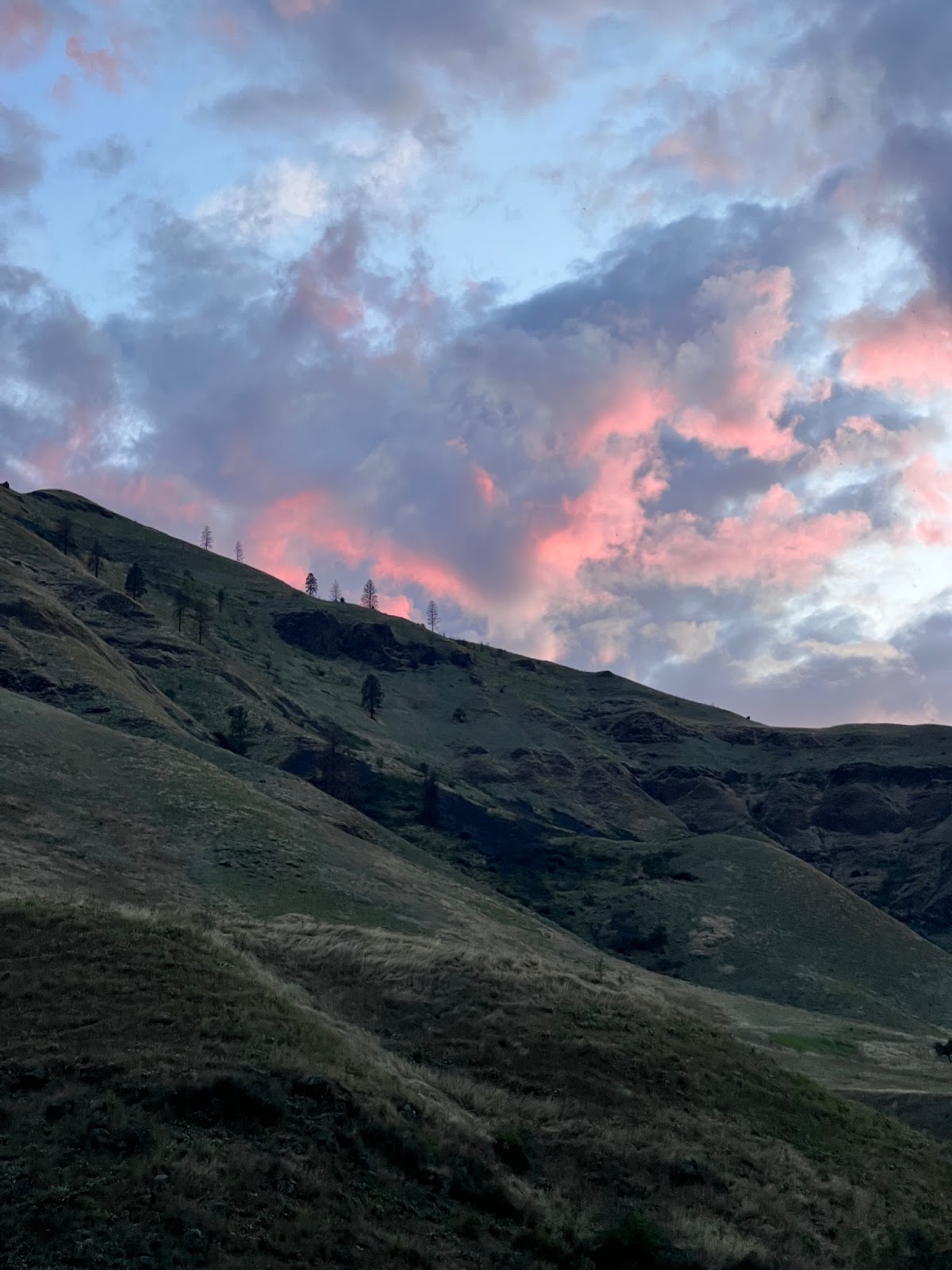
The sun setting over the mountains along the river. Photo by Raleigh Gambino
